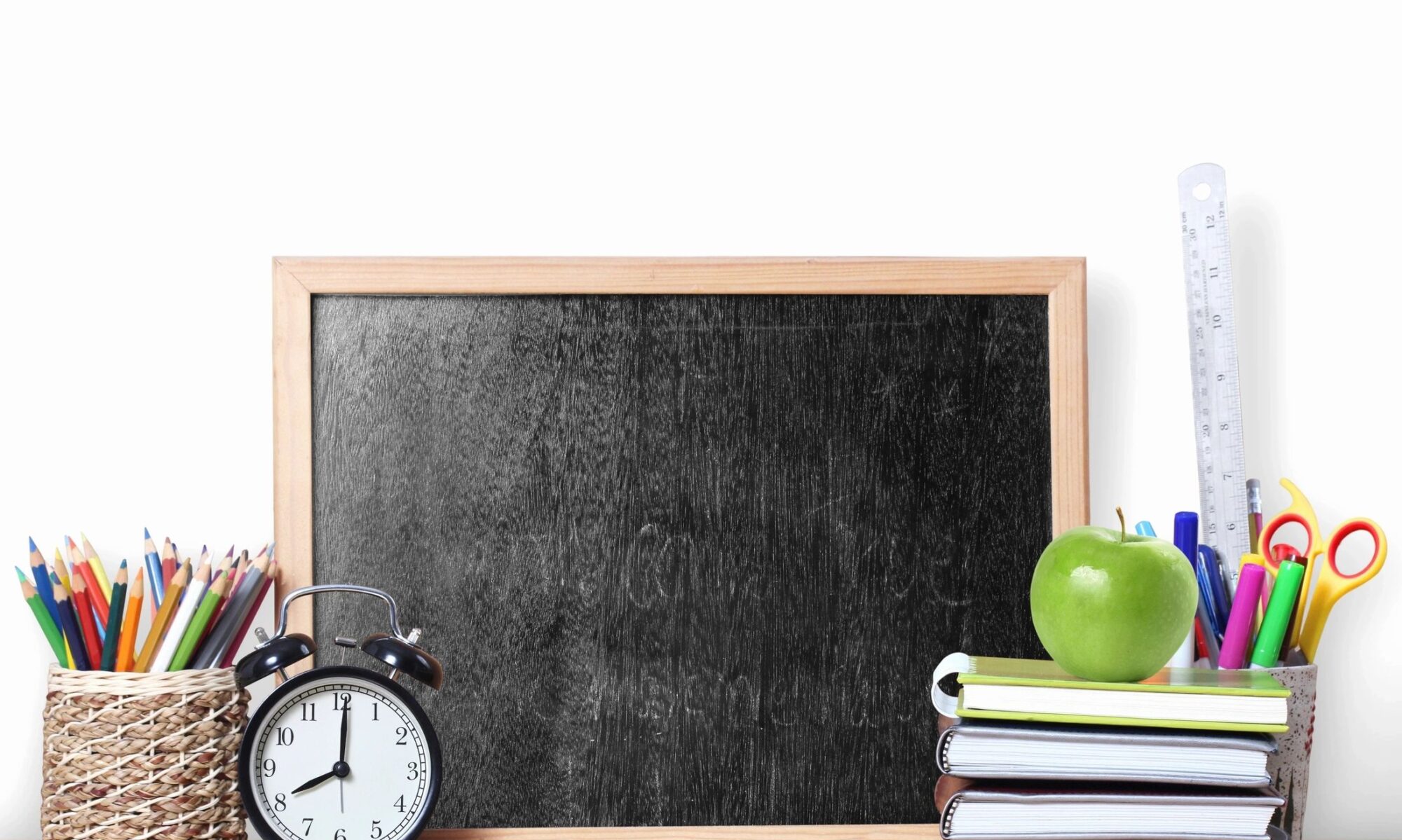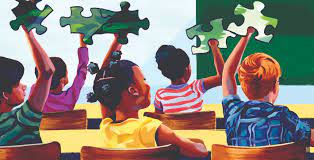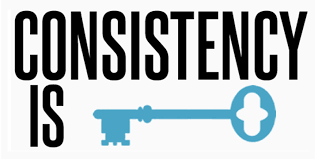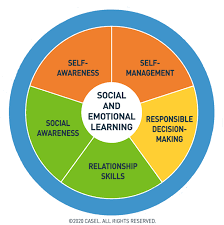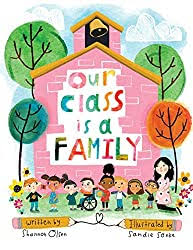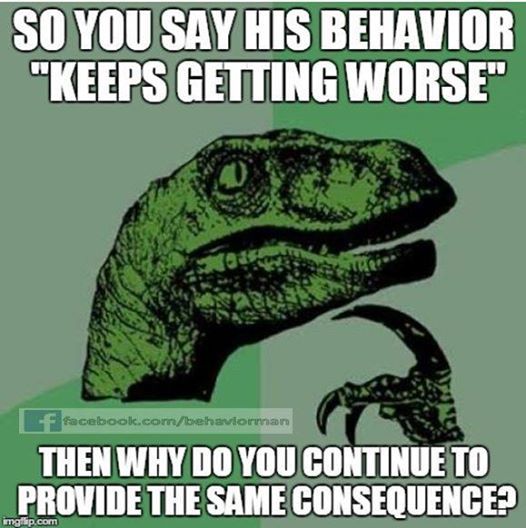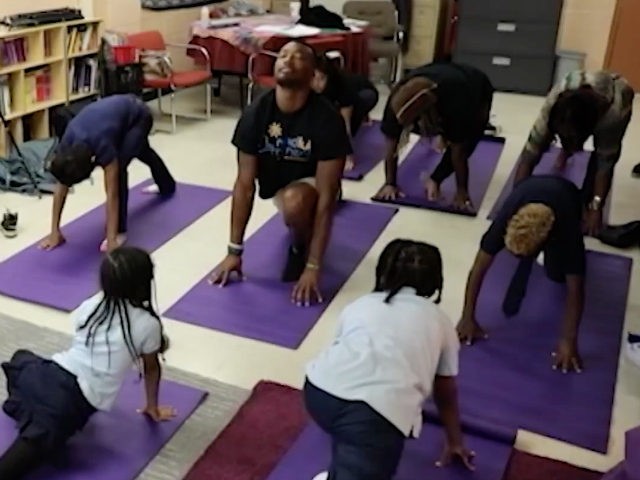
The other day, I had an unusual (for me) experience with one of my students and their parents. This student struggled throughout the school day, so much so that I grew concerned and wanted to have a face-to-face conversation with the parent at pick-up. Due to the nature of my room, for those new here, I’m the lead teacher of a behaviorally focused classroom so I communicate daily with families in many ways: email, text, and/or phone. I’ve even done social media if any of the above didn’t work. My point is that I don’t shy away from communicating with families even when it can be a difficult and serious situation, and you can imagine that as the lead teacher of a behaviorally focused classroom, difficult conversations are somewhat of the norm.
COVID-19 changed the game for many educators as we were welcomed into the homes of our students through online teaching. We either experienced a spike in communication or radio silence (Fox, 2023). During my preservice years, I don’t remember taking any courses focused totally on parental communication. This is interesting because research shows that addressing academic and behavioral issues with a proactive outlook builds a positive bridge of communication between school and home (Freytag, 2001). Over the years, I feel that I have learned how to effectively build that bridge with every family I have served. Some bridges started out dotted with potholes from previous teacher relationships and/or feelings of mistrust of the school district. With consistent and honest communication on my end, I have always been able to chart a smooth clear path across the bridge.
That is until the other day. Now as I said before, my student had had a particularly challenging day. There was an incident in the morning stemming from a sick friend and after contacting home, I found out he hadn’t slept well the night before. Immediately, I sprinkled myself with an extra helping of my special patience sauce (one day, I might share the recipe), knowing I was going to need it. The day forged ahead. Recess arrived, and my student smacked a student and pushed a couple of others. We worked through those issues only to have him go to PE and intentionally throw a volleyball at a student’s head. Did I mention this was the same student he smacked during recess?! At this point, we are at the end of the school day, and I know that I have to talk to Mom at pick up at the end of the day in addition to the phone calls I’ve already made to her earlier in the day. And I’m torn because no matter what I do (positive calls and/or text messages home) a majority of my communication is about her son’s negative behavior. She has shared with me how frustrated she has gotten over the years dealing with the aftermath of his outbursts. I was worried about continuing to add to this and possibly make her question her capabilities as a parent which influences the development of her child (Ma et al., 2024).
I went out with my student, who ran ahead to hop in the car, trying to leave before I made it there. He locked the door, Mom started to let the window down, and he put it back up. I was able to open the door and start to talk to Mom when my student began yelling that I was a liar, among other things. I gave a short description of the day along with my concerns. Mom, instead of addressing today’s incidents begins talking about an encounter with one of my colleagues from two weeks ago. Apparently, my colleague had told this student to move when he was blocking the exit door. Mind you this was my first time being told this. Realizing the conversation was going nowhere, I politely excused myself after apologizing for the actions of another teacher. I was upset as I walked away. But I also began thinking about how I could navigate these types of discussions in the future, especially if my student is around and mom may not be willing to hear it.
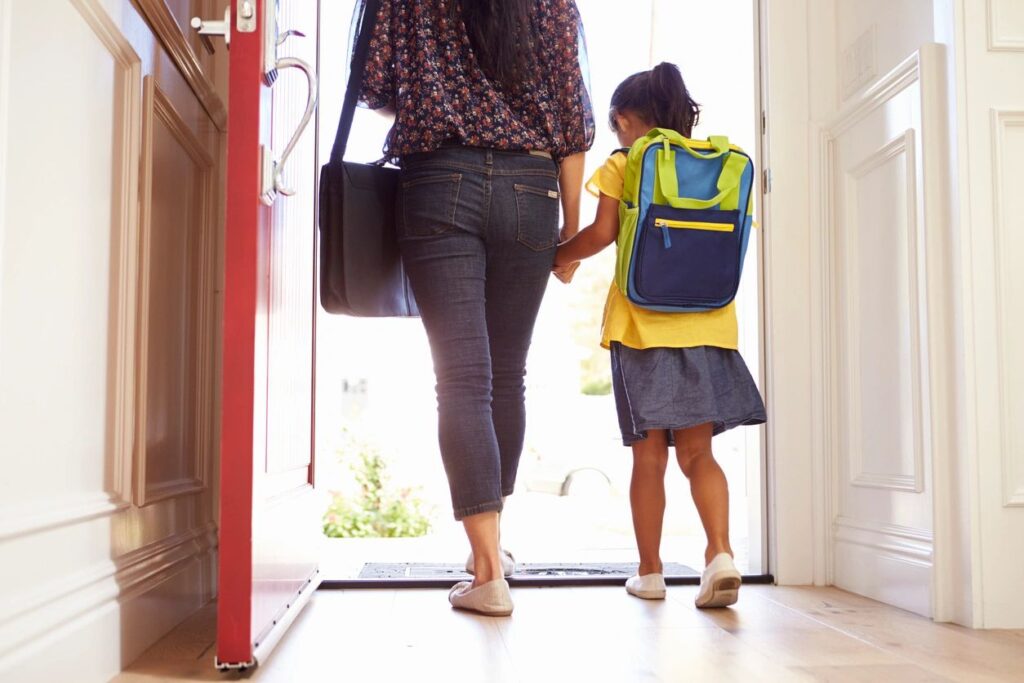
My mind began to work overtime on how to have difficult conversations with parents. In addition to this situation, I work with another student whose mother refuses to talk to teachers, principals, or support staff. Right now, she only speaks with one of the social workers. Daily, there are issues that need to be addressed, but they are not due to a lack of parent-teacher communication. After thinking about it, doing some research, and interviewing others, this is what I came up with:
1. Remember the factors that influence child behaviors also influence the teacher-child relationship which greatly impacts the parent-teacher relationship. SO WATCH WHAT YOU SAY AND CHOOSE YOUR WORDS WISELY!!!
2. Make sure you are communicating positive messages home as well. Do not allow all of your communication to be about negative things. Even if you call to voice a concern, like maybe the student is ill or the student is having an off day, keep it positive! Make the parent feel as though you are all part of the team to support their child because you actually are.
3. Serve a wrap instead of a sandwich. We have all heard of the positive feedback sandwich. We have all heard of the positive feedback sandwich. You give your negative or critical feedback but it is sandwiched between doses of positive feedback. The wrap approach allows you to ask what the parent may feel about their child’s current performance. You can then add your thoughts and have a discussion about it. It is more of a proactive approach to finding common ground and moving forward with a plan of support. I like this approach because it gives us educators an opportunity to validate parents’ thoughts and feelings by simply asking for it.
4. Finally, use the Golden Rule. Treat others how you want to be treated. Practice empathy. I always try to put myself in the mindset of my families. Think about the feelings of overwhelm and powerlessness that may be present and how I would want someone to treat and speak to me if those feelings were present in me.
Remember, you and the families of your students have the same goal in mind: ensure the student is making progress on their academic and behavioral goals. You are a team and there will be some problems along the way, but with respect and empathy, there can be success!
References
Fox, K. (2023). Building an understanding of family literacy: Changing practices regarding homework and other forms of school-home engagement and school community, 33(1).
Freytag, C. (2001). Teacher-parent communication: Starting the year off right.
Ma, T., Tellegen, C., and Sanders, M. (2024). The role of parenting self-efficacy on teacher-child relationship and parent-teacher communication: Evidence from an Australian national longitudinal study, Journal of School Psychology
